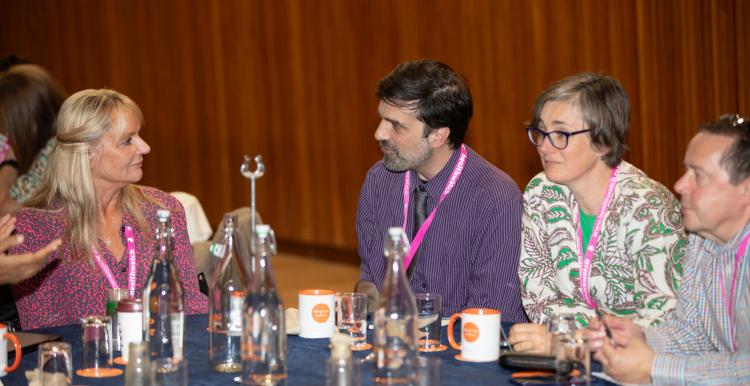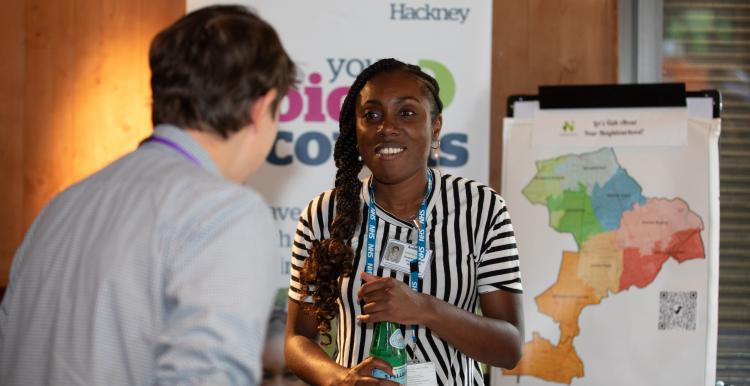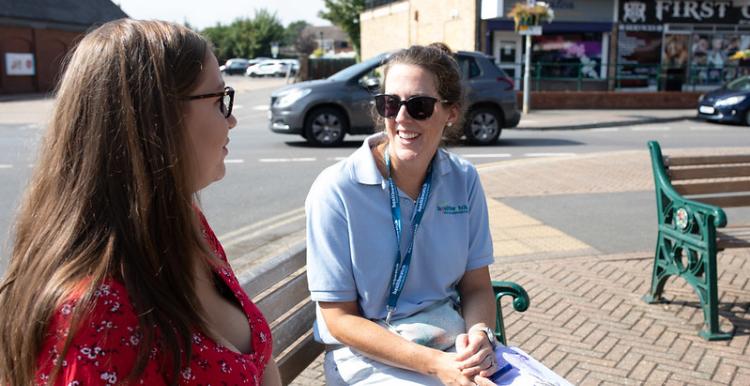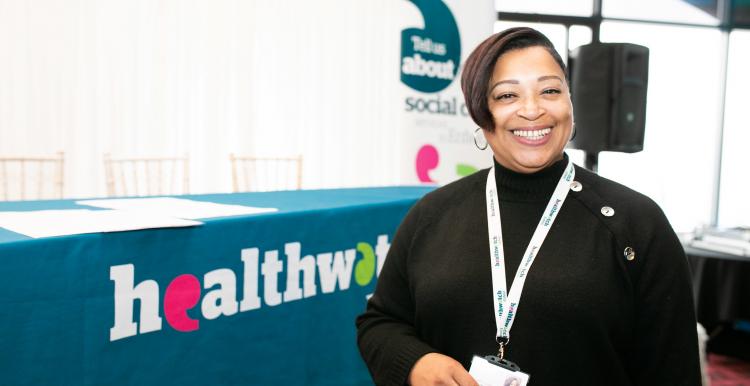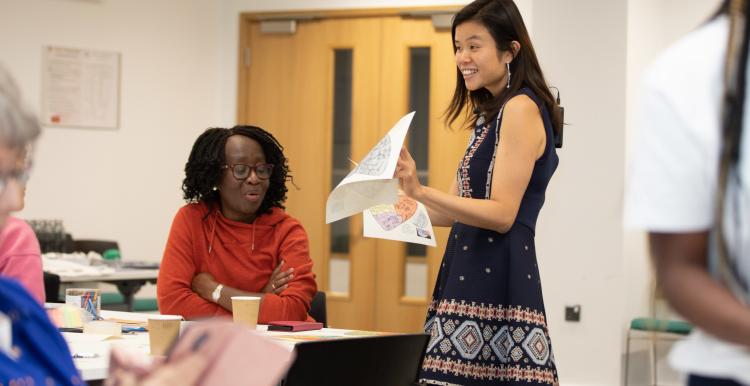What worked well?
Local Healthwatch reflected that a key strategy was to work with local organisations with existing contacts in hard-to-reach communities.
The project created a need to build strong relationships with new organisations. These relationships were cemented as local Healthwatch worked closely with local organisations.
Local Healthwatch reflected that a powerful aspect of the project was that local organisations felt they were part of a national campaign. As a result, organisations were motivated to maintain good communication with local Healthwatch. In turn, this expanded the reach of Healthwatch to new and broader audiences.
Monetary incentives were helpful and, at times, were used to pay for administration for other organisations. Local Healthwatch felt it worked well to be given the authority to use funding as they thought necessary to establish community contacts.
Local Healthwatch also felt that this project helped them become more aware of existing communities in their local area and their challenges. We heard how Healthwatch was the 'talk of the town' amongst some local communities who recognised that Healthwatch allowed them to amplify their voices at a national level. This project helped to establish a trusting connection with this community.
Outcomes from taking part in the AIS primary research project
- Healthwatch Hackney is working with their local council, which currently has no policy around interpretation, and there is no consistency with using interpretation services. Healthwatch Hackney feels its findings will be helpful in this context.
- Healthwatch Liverpool reported that Liverpool Trusts had been spurred to review Accessible Information Standard (AIS) policies. They also felt the issue is much more on the radar now locally.
What didn't work so well?
It was challenging to find professional interpreters. Local Healthwatch had to work with multiple agencies, experienced cancellations and lost money when interpreters did not show up. The cost of professional agencies is high and would not be feasible within the budget if Healthwatch had required professional agencies for all participants.
Finding interpreters for specific languages, such as Ukrainian and Tamil, was also challenging which could be more costly. Community contacts were vital here, as they were willing to provide interpretation at a low cost or even for free.
Local Healthwatch would have liked to have recruited a more representative sample and found it easier to speak to people women from specific communities.
